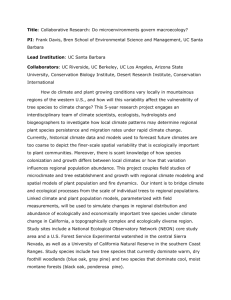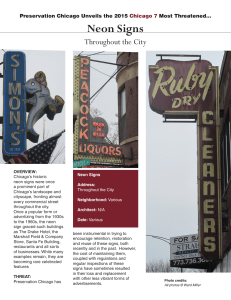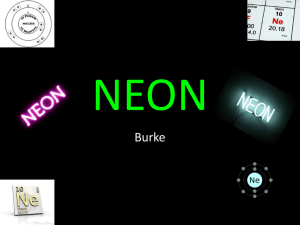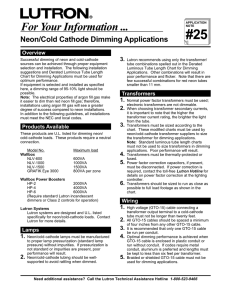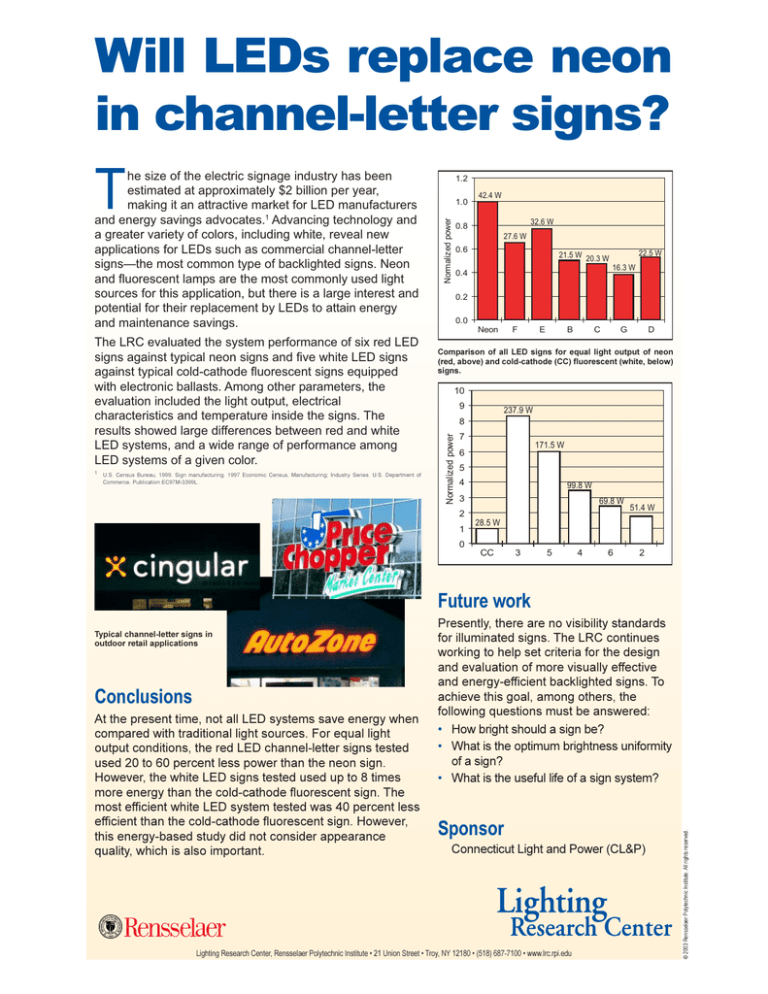
Will LEDs replace neon
in channel-letter signs?
The LRC evaluated the system performance of six red LED
signs against typical neon signs and five white LED signs
against typical cold-cathode fluorescent signs equipped
with electronic ballasts. Among other parameters, the
evaluation included the light output, electrical
characteristics and temperature inside the signs. The
results showed large differences between red and white
LED systems, and a wide range of performance among
LED systems of a given color.
1
U.S. Census Bureau, 1999. Sign manufacturing. 1997 Economic Census, Manufacturing; Industry Series. U.S. Department of
Commerce. Publication EC97M-3399L.
1.2
Normalized power
1.0
42.4 W
32.6 W
0.8
27.6 W
0.6
21.5 W 20.3 W
0.4
22.5 W
16.3 W
0.2
0.0
Neon
F
E
B
C
G
D
Comparison of all LED signs for equal light output of neon
(red, above) and cold-cathode (CC) fluorescent (white, below)
signs.
10
9
237.9 W
8
Normalized power
T
he size of the electric signage industry has been
estimated at approximately $2 billion per year,
making it an attractive market for LED manufacturers
and energy savings advocates.1 Advancing technology and
a greater variety of colors, including white, reveal new
applications for LEDs such as commercial channel-letter
signs—the most common type of backlighted signs. Neon
and fluorescent lamps are the most commonly used light
sources for this application, but there is a large interest and
potential for their replacement by LEDs to attain energy
and maintenance savings.
7
171.5 W
6
5
4
99.8 W
3
2
1
0
69.8 W
51.4 W
28.5 W
CC
3
5
4
6
2
Future work
Conclusions
At the present time, not all LED systems save energy when
compared with traditional light sources. For equal light
output conditions, the red LED channel-letter signs tested
used 20 to 60 percent less power than the neon sign.
However, the white LED signs tested used up to 8 times
more energy than the cold-cathode fluorescent sign. The
most efficient white LED system tested was 40 percent less
efficient than the cold-cathode fluorescent sign. However,
this energy-based study did not consider appearance
quality, which is also important.
Presently, there are no visibility standards
for illuminated signs. The LRC continues
working to help set criteria for the design
and evaluation of more visually effective
and energy-efficient backlighted signs. To
achieve this goal, among others, the
following questions must be answered:
• How bright should a sign be?
• What is the optimum brightness uniformity
of a sign?
• What is the useful life of a sign system?
Sponsor
Connecticut Light and Power (CL&P)
Lighting Research Center, Rensselaer Polytechnic Institute • 21 Union Street • Troy, NY 12180 • (518) 687-7100 • www.lrc.rpi.edu
© 2003 Rensselaer Polytechnic Institute. All rights reserved.
Typical channel-letter signs in
outdoor retail applications

